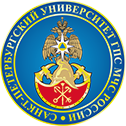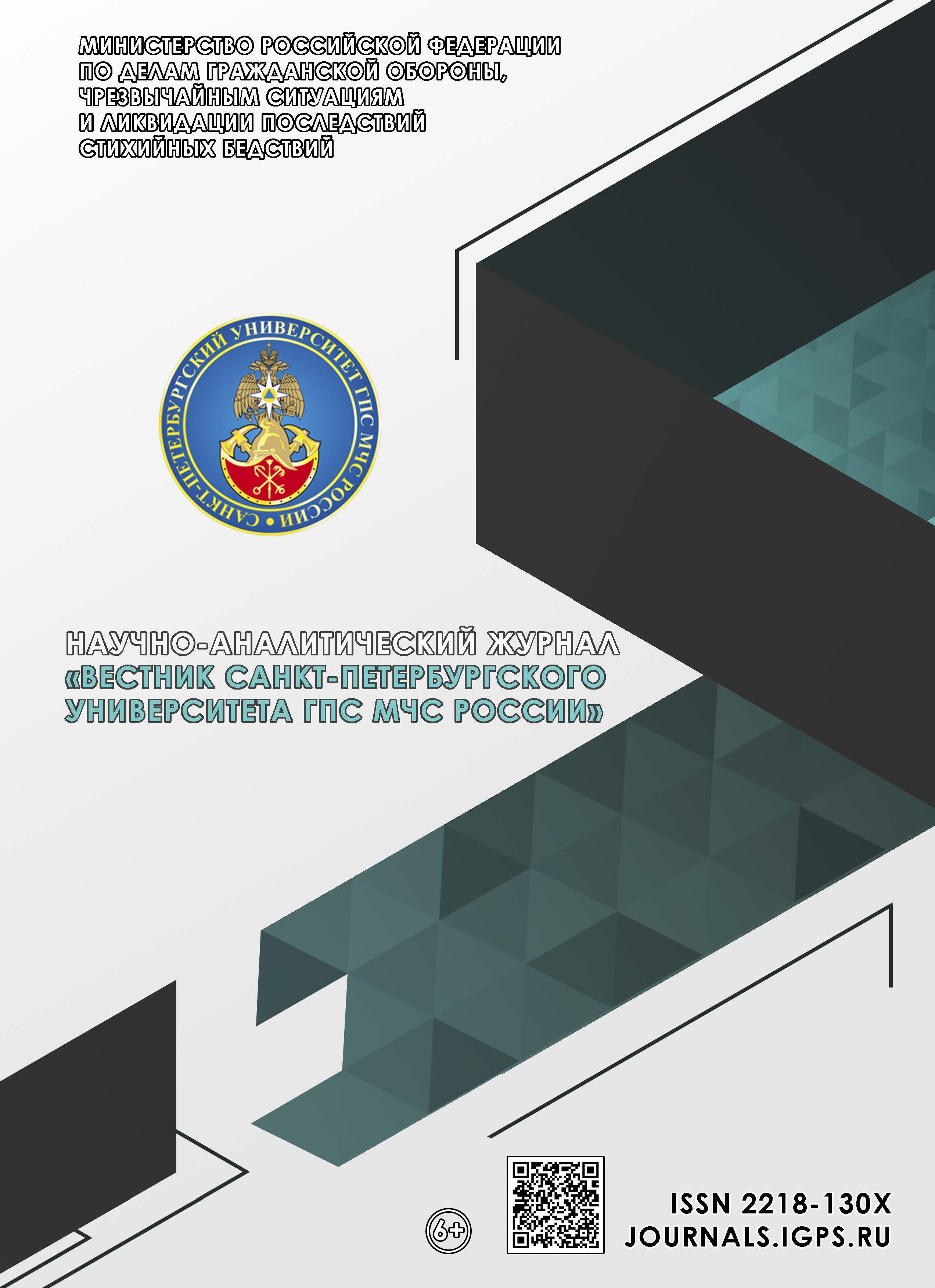Russian Federation
Modernity is characterized by comprehensive digitalization, leading to an increase in the number of software products, an integral part of which are graphical user interfaces, which act as an intermediary between users and software algorithms, allowing them to comfortably and efficiently perform the required tasks. Most modern software products have low-efficiency interfaces, which leads to a decrease in the performance of users and an increase in intrapsychological stress on them. In order to improve the efficiency of interfaces, this article describes the formulation of the problem of developing a set of algorithms for optimal design and evaluation of the effectiveness of the visual component of graphical user interfaces. To develop a set of algorithms, this article presents a range of proprietary indicators for each of the areas, as well as an analysis of existing quantitative methods for assessing the effectiveness of interfaces for the possibility of using them to calculate the indicators mentioned above. It is concluded that existing approaches are capable of providing a formalized representation of only part of the author’s indicators. The planned set of algorithms, after implementation, will hypothetically allow for a comprehensive assessment of interfaces, as well as finding defects in them that reduce their effectiveness, which, if eliminated, will improve the quality of both interfaces and programs in general, increasing the performance and comfort of interaction with user programs.
a set of algorithms, graphical user interface, performance indicators, evaluation
1. Norman D.A. Living with complexity. The MIT Press, 2010. 308 p.
2. Krug S. Kak sdelat' sajt udobnym. Yuzabiliti po metodu Stiva Kruga. SPb.: Piter, 2010. 170 s.
3. Nil'sen Ya. Mobile Usability. Kak sozdavat' ideal'no udobnye prilozheniya dlya mobil'nyh ustrojstv. M.: Eskmo, 2013. 256 c.
4. Krug S. Veb-dizajn ili Ne zastavlyajte menya dumat'! M.: Simvol-Plyus, 2008. 216 s.
5. Vostryh A.V. Model' opisaniya elementov informacionnyh sistem, orientirovannyh na cheloveko-mashinnoe vzaimodejstvie // Pribory i sistemy. Upravlenie, kontrol', diagnostika. 2021. № 11. S. 23–30.
6. Bogdanova E.M., Maksimov A.V., Matveev A.V. Informacionnaya sistema prognozirovaniya chrezvychajnyh situacij pri ispol'zovanii adaptivnyh modelej // Nauch.-analit. zhurn. «Vestnik S.-Peterb. un-ta GPS MCHS Rossii». 2019. № 2. S. 65–70.
7. Raskin D. Interfejs Novye napravleniya v proektirovanii komp'yuternyh sistem. M.: Simvol, 2007. 257 s.
8. Uejnshenk S. 100 glavnyh principov dizajna. Kak uderzhat' vnimanie. SPb.: Piter, 2011. 272 s.
9. Norman D.A. Emotional Design: Why we love (or hate) everyday things. Basic Books, 2005. 272 p.
10. Vostryh A.V. Terminologicheskij bazis ocenki pol'zovatel'skih interfejsov: obzor standartov // Aktual'nye problemy info-telekommunikacij v nauke i obrazovanii: materialy IX Mezhdunar. nauch.-tekhn. i nauch.-metod. konf. SPb.: SPbGUT im. prof. M.A. Bonch-Bruevicha, 2020. T. 2. S. 200–207.
11. Vostryh A.V. Metod i algoritmy mnogokriterial'noj ocenki graficheskih pol'zovatel'skih interfejsov programmnyh produktov MCHS Rossii // Nacional'naya bezopasnost' i strategicheskoe planirovanie. 2022. № 4 (40). S. 57–64. DOI:https://doi.org/10.37468/2307-1400-2022-4-57-64. EDN GCHUOC.
12. Shannon C.E. A mathematical theory of communication // Bell System Technical Journal, 1948. P. 379–423.
13. Dikovickij V.V. Formalizaciya zadachi postroeniya kognitivnyh pol'zovatel'skih interfejsov mul'ti predmetnyh IR // Informacionnye tekhnologii. 2013. № 5. S. 90–97.
14. Stickel C., Ebner M., Holzinger A. The XAOS metric – understanding visual complexity as measure of usability // 6th Symposium of the Workgroup Human-Computer Interaction and Usability Engineering on HCI in Work and Learning, Life and Leisure. 2010. P. 278–290.
15. Hartley V.L. Transmission of information // Bell System Technical Journal. 1928. P. 535–563.
16. Alefirenko V.M., Shamgin Yu.V. Inzhenernaya psihologiya. Minsk: BGUIR, 2005. 13 s.
17. Emel'yanova Yu.G., Fralenko V.P., Hachumov V.M. Metody kompleksnogo ocenivaniya kognitivnyh graficheskih obrazov // Programmnye sistemy: Teoriya i prilozheniya. 2018. № 3. C. 49–63.
18. Harkevich A.A. Problemy kibernetiki. M.: Fizmatgiz, 1960. 57 s.
19. Zvenigorodskij A.S., Kolomyjcev O.A. Ocenka vizual'noj informacii v tekhnicheskih sistemah // Iskusstvennyj intellekt. 2011. № 4. S. 19–23.
20. Hick W.E. On the rate of gain of information // Quarterly Journal of Experimental Psychology. 1952. № 4. P. 11–26.
21. Park K.S. Human Reliability: Analysis, Prediction, and Prevention of Human Errors. Elsevier: New York, 1987. 340 p.
22. GOST R 50923–96. Displei. Rabochee mesto operatora. Obshchie ergonomicheskie trebovaniya i trebovaniya k proizvodstvennoj srede. Metody izmereniya. M.: Standartinform, 2008. 10 s.
23. GOST R 50948–2001. Sredstva otobrazheniya informacii individual'nogo pol'zovaniya. Obshchie ergonomicheskie trebovaniya i trebovaniya bezopasnosti. M.: Standartinform, 2002. 13 s.
24. GOST R 50949–2001. Sredstva otobrazheniya informacii individual'nogo pol'zovaniya. Metody izmerenij i ocenki ergonomicheskih parametrov i parametrov bezopasnosti. M.: Standartinform, 2015. 24 s.







